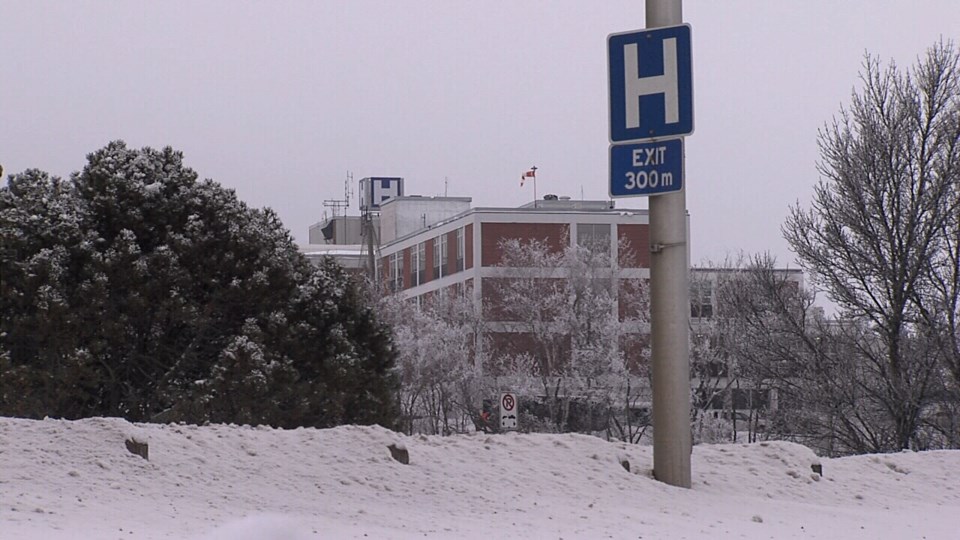KENORA — The Lake of the Woods District hospital says even though COVID-19 cases are going down, the impact of the pandemic will last quite some time.
Hospital CEO Ray Racette said the facility feels the health human resources staffing shortage shortage that has been made worse by the pandemic.
“It's had a major impact and I think the lesson from the pandemic is any area that the system was struggling or weak in before the pandemic got magnified by the pandemic,” he said. “In terms of preparing for vacancies, everything is now going to be impacted because of the shortage, which will last probably two to three years by the time we train more people to move into vacant areas.”
Racette said the hospital typically had a staffing vacancy rate of about seven per cent before the pandemic.
“Our vacancy rate right now is 20 per cent,” he said. “Some services have more vacancies than others like [the emergency room], the critical care unit, [ and the intensive care unit],” he said. “The challenge is that when we look at the current vacancies, the coming vacancies because of people retiring, the training programs are not geared up to handle the current capacity, let alone the coming vacancies and yet we need to maintain service.”
Racette said in 2021, the emergency room was fully staffed, without needing to rely on locum doctors.
“In 2022, we went from 22 physicians down to 12 over a short period of time,” he said. “Some of that [was] people leaving to live closer to family, some of it was people on leaves like parenting or maternity leave, and some of it [was] people deciding that they weren't able to pick up their emergency shift because they're going to focus more on primary care or scaling back in terms of the scope of service that we're doing.”
He said it was a tremendous burden on those 12 doctors to keep the emergency room open and they did a terrific job.
“[It was a] considerable personal impact in order to actually do that, in terms of disruption [to] family time, vacations, having to work far beyond what they ever thought they would have to,” he said.
Racette said, while the closure of emergency departments gets lots of attention, the focus should be on the efforts of doctors and healthcare workers who keep the doors open with the challenges they face.
“In Northwestern Ontario, we've had, I think, two closures over that entire period, which is a tremendous achievement, probably the best in Ontario as a region,” he said.
Racette said the hospital is still working on the surgical backlog created by the pandemic.
“The challenge with COVID is that we had periods of time where we could not do surgery other than emergency surgery,” he said. “So elective surgery got suspended and that was through directives tied to the pandemic and so we have two periods of pause where we ended up with a significant backlog.”
He said hospitals in the region have a strategy to focus on people who waited excessively long and uses a regional database where wait times can be tracked across hospitals in Northwestern Ontario.
“We all have targets to get our individual wait list down by the end of March and then you know next year that will be the next target,” he said. “So the system got disrupted by the pandemic and now we're catching up on that.”
